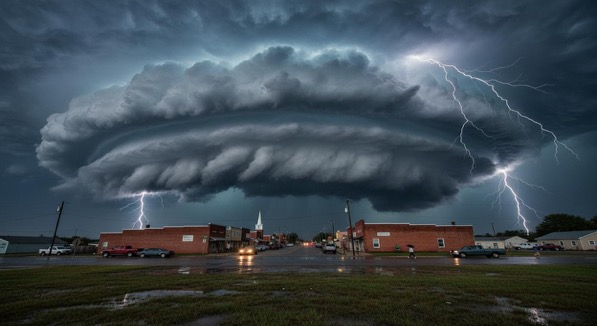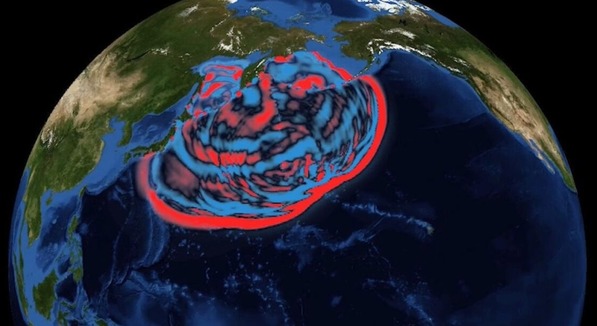Cold temperatures and increased wind speed (wind chill) cause heat to leave the body more quickly, putting workers at risk of cold stress. Any one working in the cold may be at risk, eg., workers in freezers, outdoor agriculture and construction.
Common Types of Cold Stress
Hypothermia
- Normal body temperature (98.6F) drops to 95F or less
- Mild Symptoms: alert by shivering; confusion; slurred speech; heart rate/breathing slow; loss of consciousness; death
Frostbite
- Body tissues freeze, e.g., hands and feet. Can occur at temperatures above freezing, due to wind chill. May result in amputation
- Symptoms: numbness, reddened skin develops gray/white patches, feels firm/hard, and may blister
Trench Foot (also known as Immersion Foot)
- Non-freezing injury to the foot, caused by lengthy exposure to wet and cold environment. Can occur at air temperature as high as 60F, if feed are constantly wet.
- Symptoms: redness, swelling, numbness, and blisters
Risk Factors
- Dressing improperly, wet clothing/skin, and exhaustion
For Prevention, Your Employer Should
- Train you on cold stress hazards and preventions
- Provide engineering controls, e.g. radiant heaters.
- Gradually introduce workers to the cold: monitor workers; schedule in warm areas
How to Protect Yourself and Others
- Know the symptoms; monitor yourself and co-workers
- Drink warm, sweetened fluids (no alcohol)
- Dress properly:
- Layers of loose-fitting, insulating clothes
- Insulated jacket, gloves, and a hat (waterproof, if necessary)
- Insulated and waterproof boots
What to Do When of Worker Suffers from Cold Stress
For Hypothermia:
- Call 911 immediately in an emergency
- To Prevent further heat loss:
- Move the worker to a warm place
- Change to dry clothes
- Cover the body (including the head and neck) with blankets, and with something to block the cold (e.g., tarp, garbage bag). Do not cover the face.
- If medical help is more than 30 minutes away:
- Give warm, sweetened drinks if alerts (no alcohol)
- Apply heat packs to the armpits, sides of chest, neck, and groin. Call 911 for additional rewarming instructions.
For Frostbite:
- Follow the recommendations “For Hypothermia”
- Do not rub the frostbitten area
- Avoid walking on frostbitten feet
- Do not apply snow/water. Do not break blisters.
- Loosely cover and protect the area from contact
- Do not try to rewarm the area unless directed by medical personnel.
For Trench (Immersion) Foot:
- Remove we shoes/socks; air dry (in warm area); keep affected feet elevated and avoid walking. Get medical attention.
Download the OSHA Cold Stress Quick Guide or go to osha.gov for more information to protect employees.
Use iAlert Real-time Weather Observation Monitoring and Alert Notification service to get email/text alerts when temperatures fall below critical levels or for other weather parameters effecting the job sites. Click here to view all iAlert.com Services



